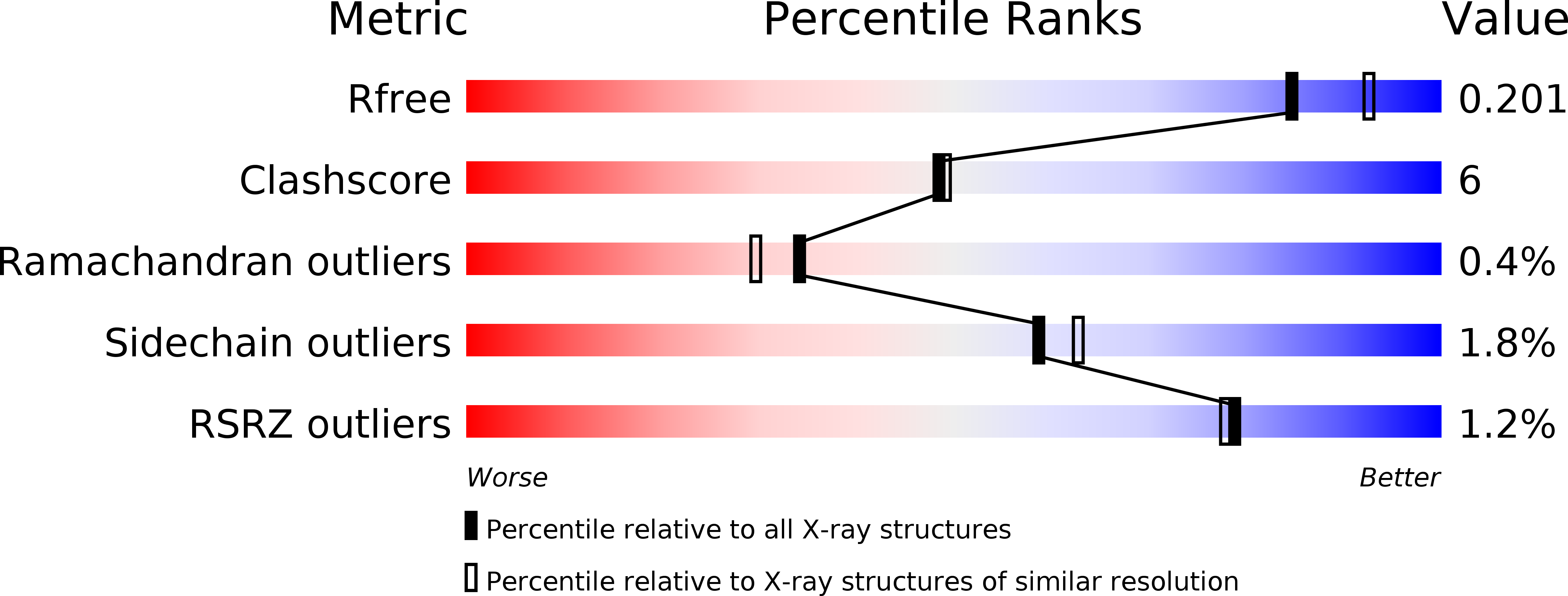
Deposition Date
2013-06-22
Release Date
2013-09-18
Last Version Date
2025-03-26
Entry Detail
PDB ID:
4LCR
Keywords:
Title:
The crystal structure of di-Zn dihydropyrimidinase in complex with NCBA
Biological Source:
Source Organism:
Tetraodon nigroviridis (Taxon ID: 99883)
Host Organism:
Method Details:
Experimental Method:
Resolution:
2.00 Å
R-Value Free:
0.20
R-Value Work:
0.17
R-Value Observed:
0.17
Space Group:
I 41 2 2


